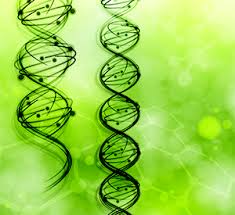Protein homeostasis refers to a highly complex and interconnected set of processes that affect the levels and conformational stability of proteins in cells.
Phase separation is the creation of two distinct phases from a single homogeneous mixture. The most common type of phase separation is between two immiscible liquids such as oil and water.
Immunohistochemistry (IHC) is a powerful microscopy-based technique for visualizing cellular components, for instance proteins or other macromolecules
Phase separation is the creation of two distinct phases from a single homogeneous mixture. The most common type of phase separation is between two immiscible liquids such as oil and water.
Immunohistochemistry (IHC) is a powerful microscopy-based technique for visualizing cellular components, for instance proteins or other macromolecules
Inclusion bodies , sometimes called elementarybodies, are nuclear or cytoplasmic aggregates of stable substances, usually proteins. They typically represent sites of viral multiplication in a bacterium or a eukaryotic cell and usually consist of viral capsid proteins.
Cell proliferation is the process that results in an increase of the number of cells, and is defined by the balance between cell divisions and cell loss through cell death or differentiation. Cell proliferation is increased in tumours.
Gene knockdown is an experimental technique by which the expression of one or more of an organism'sgenes are reduced.

